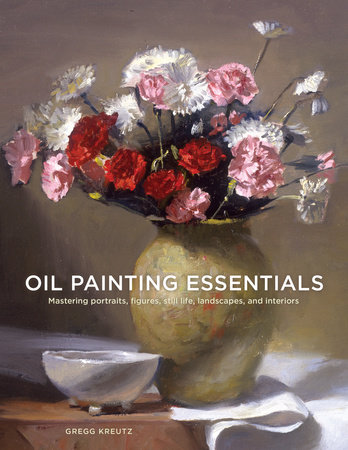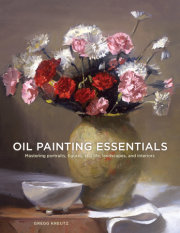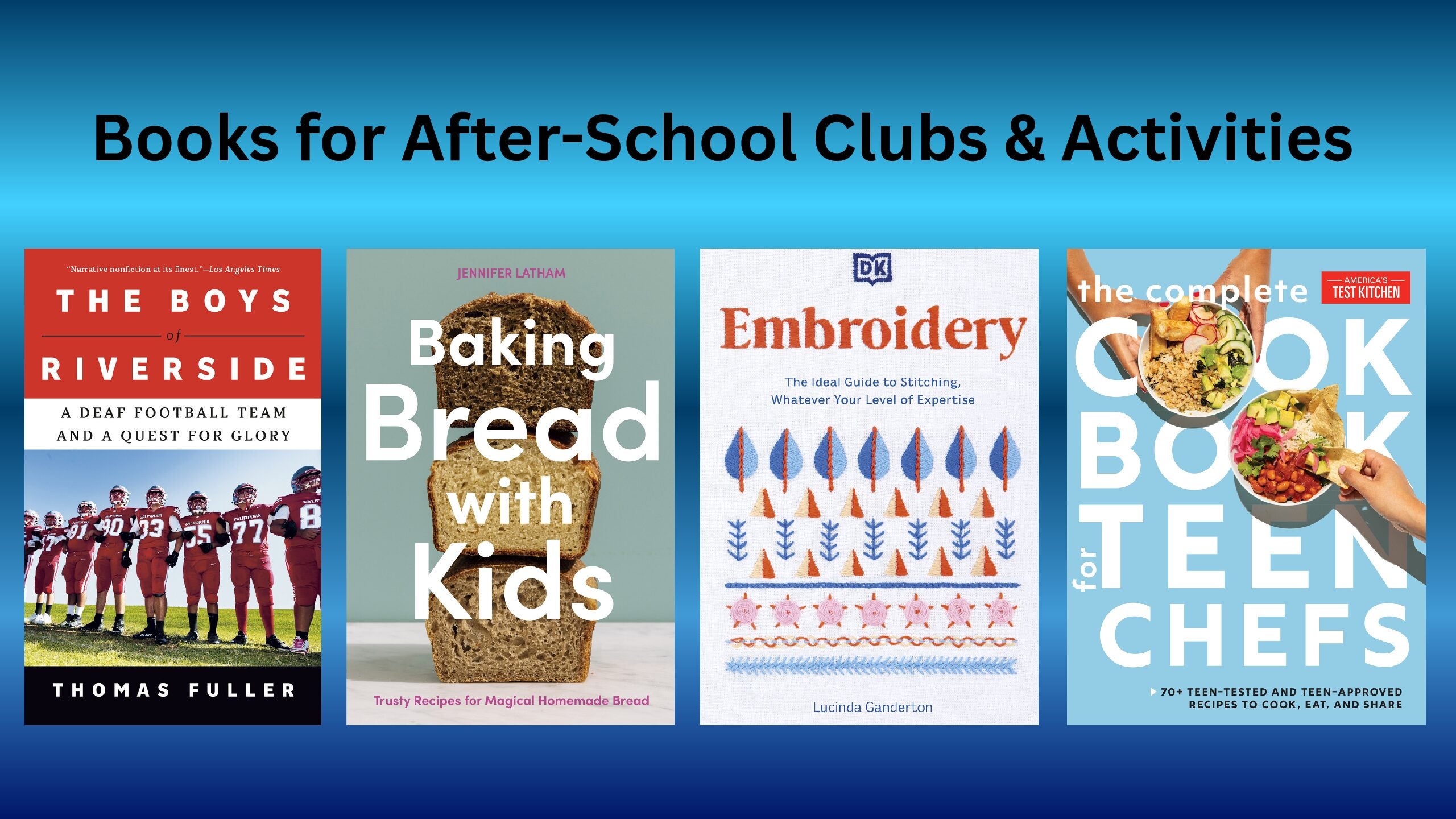INTRODUCTION
Every oil painter knows the feeling: You’re standing in front of the easel studying your painting, and while nothing seems particularly wrong with it, there’s nothing particularly right about it either. The picture sits there, staring back at you, obviously in need of help, but sending no clear signal as to what kind of help.
In my experience, when that happens, when unknown forces have dragged the picture down to the murky depths and are blocking all attempts at resuscitation, it’s time to hit the big issues, time to strip away superficiality and go after the essentials.
But which essentials? As you will see in the following pages, there are many oil painting essentials that are important, but they can’t all be summoned up and thrown at the suffering painting. When you run up against a serious artistic impasse like the one described above what you need are—
prime essentials!
And luckily, after forty years of intensive research, I’ve figured out exactly what these prime essentials are:
- Accuracy: Make sure you accurately depict the subject.
- Design: Arrange the material in a dynamic pattern.
- Depth: Make sure the near/far feeling of space is convincing.
- Drama: Intensify the visual energy.
Each of these prime essentials is important, and each needs to be given full attention by the oil painter.
What often happens, though, is that one or more of them is neglected, and the picture doesn’t reach its full potential. For example, if you put all your energy into accuracy but neglect design, depth, and drama, the painting becomes just an inventory of what’s seen. Or if you emphasize design at the expense of depth, accuracy, and drama, you get a picture with a flat, decorative, cutout look. If the picture is to succeed, each prime essential needs to be fully manifested on the canvas.
The painting, in other words, has to run on all four cylinders. Neglect any of them and you’ll end up with a lopsided, incomplete picture.
Not that getting each prime essential right is easy—some artists may have no problem with drama, say, but may flounder on accuracy. Others might do brilliantly with accuracy, but fail to design the picture. So how do you master all four?
Copyright © 2016 by Gregg Kreutz. All rights reserved. No part of this excerpt may be reproduced or reprinted without permission in writing from the publisher.




